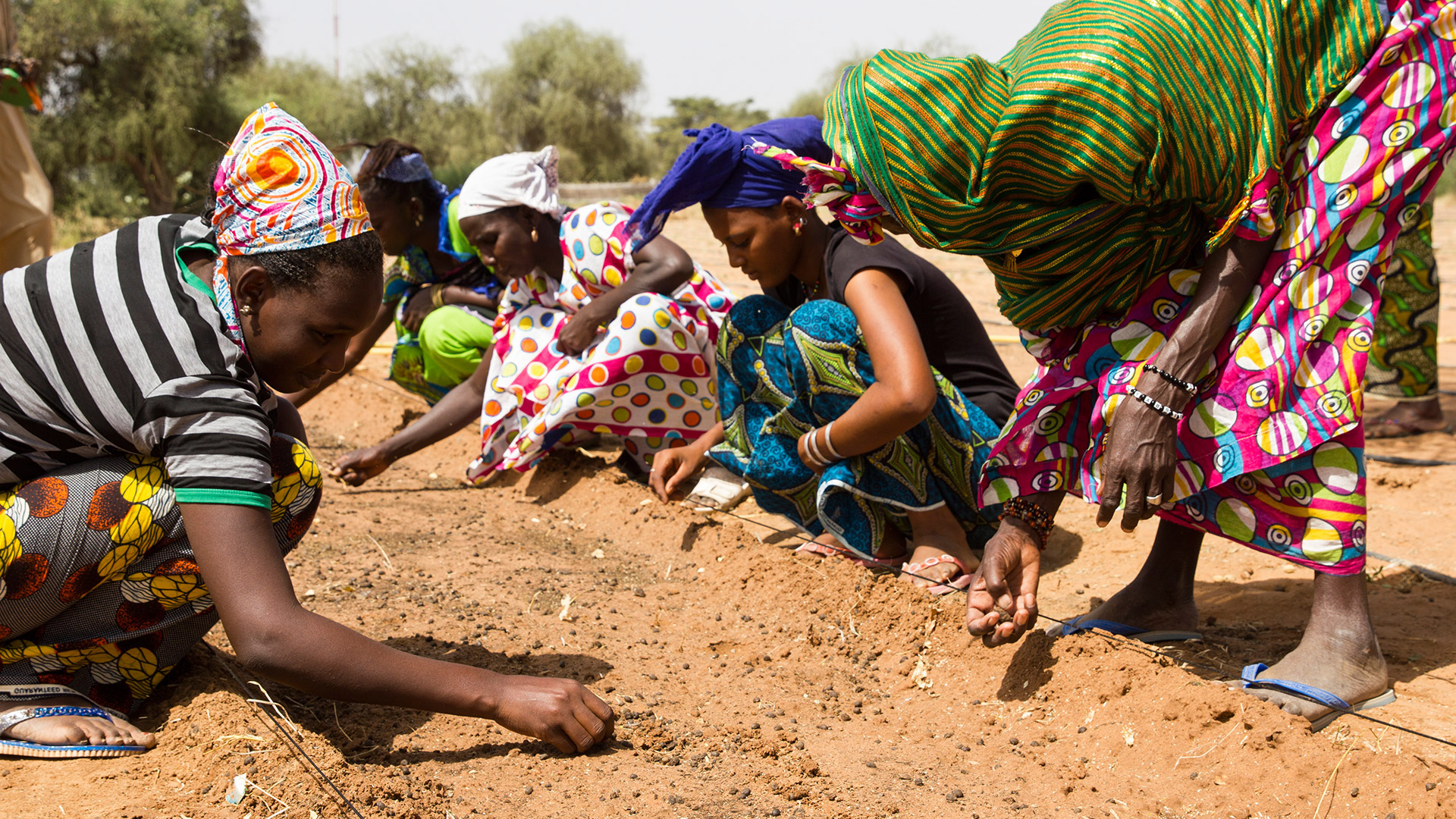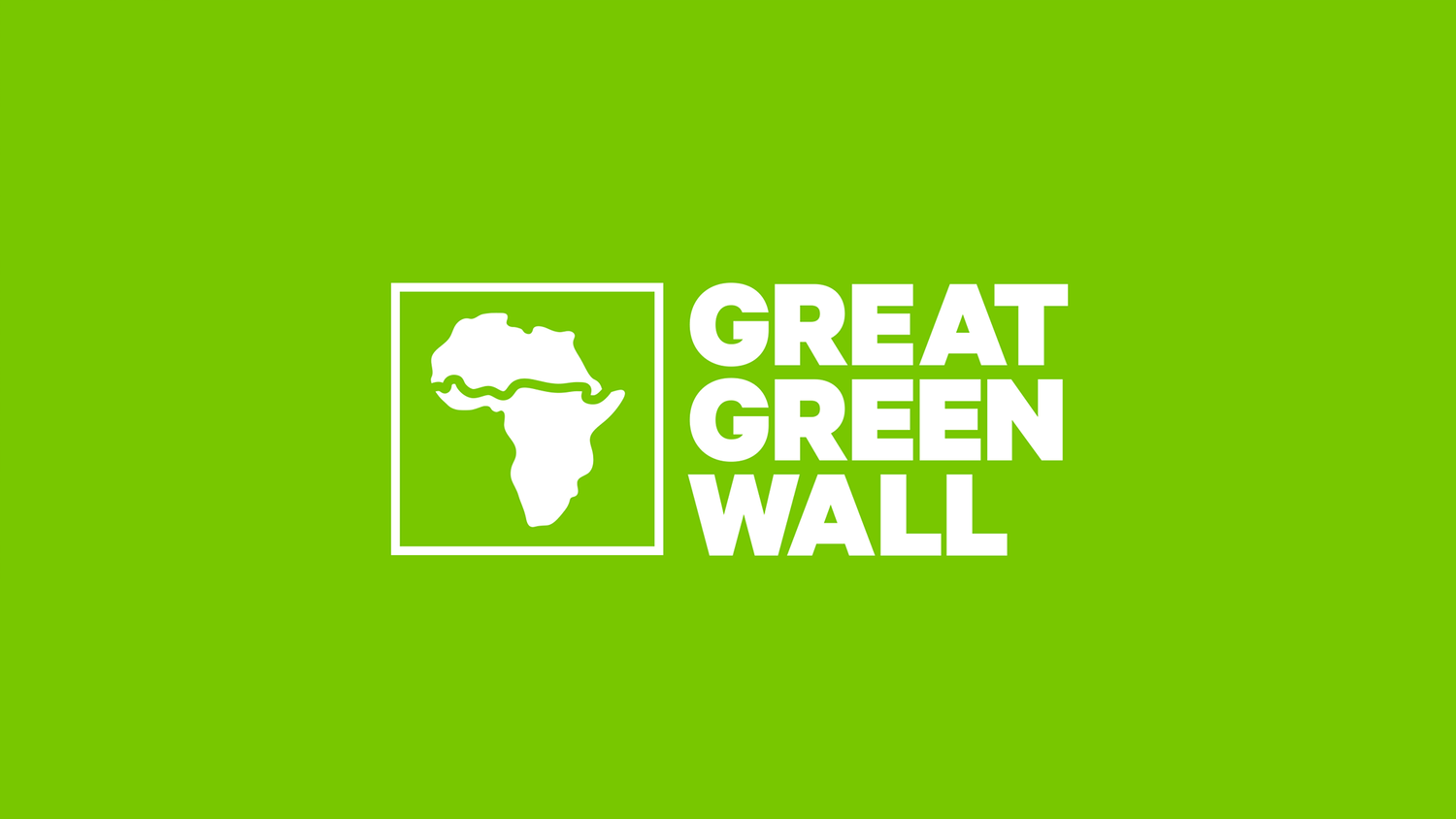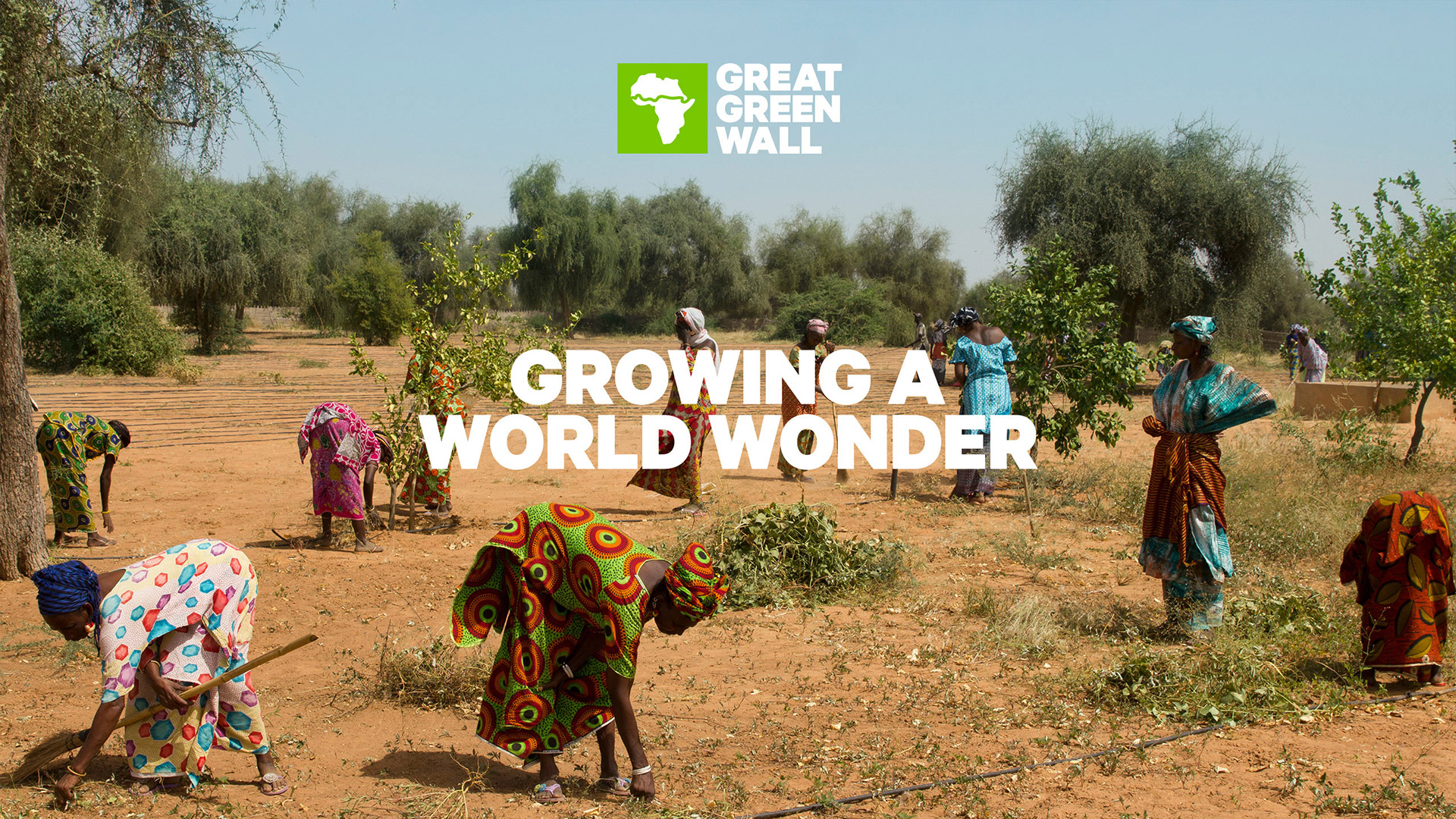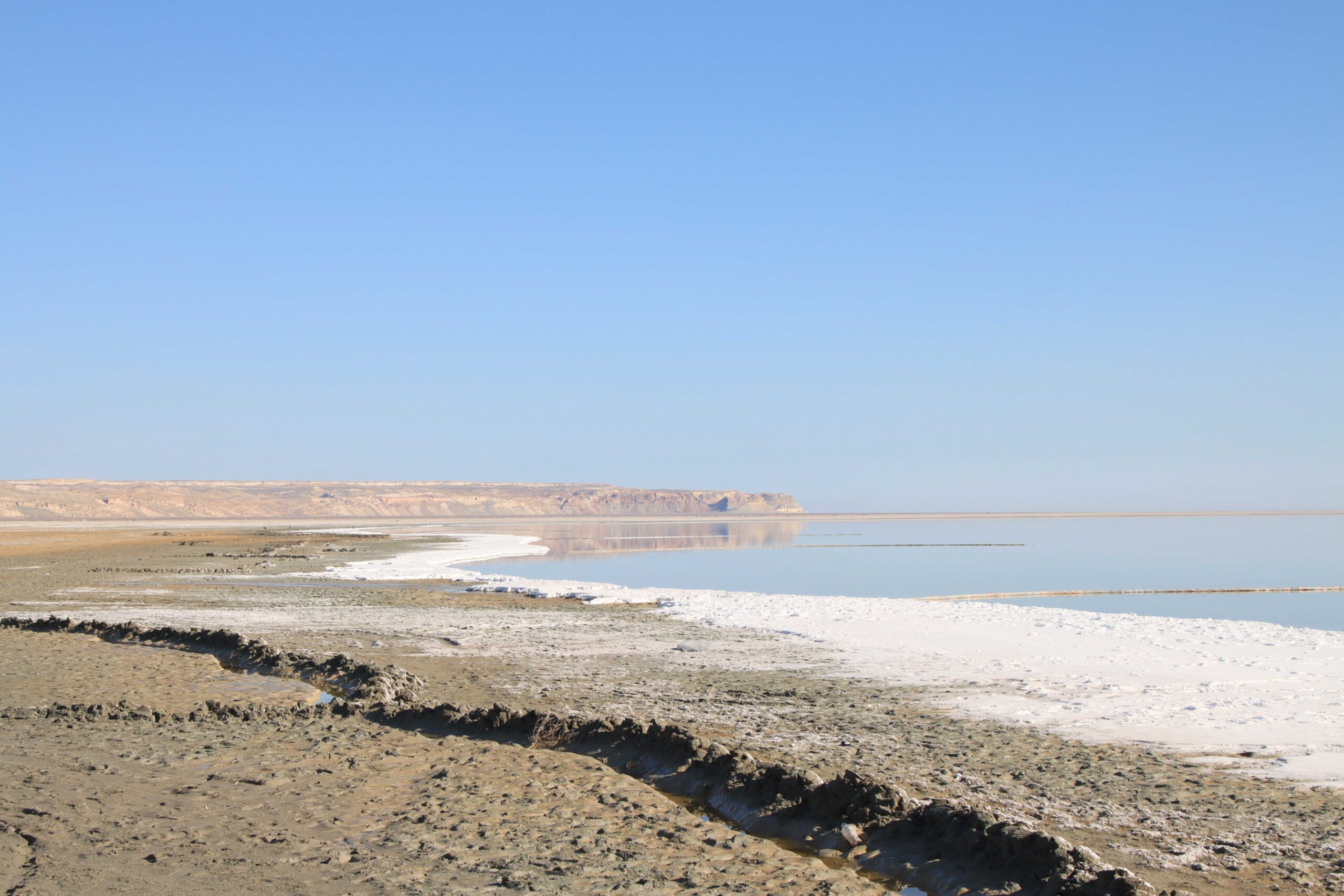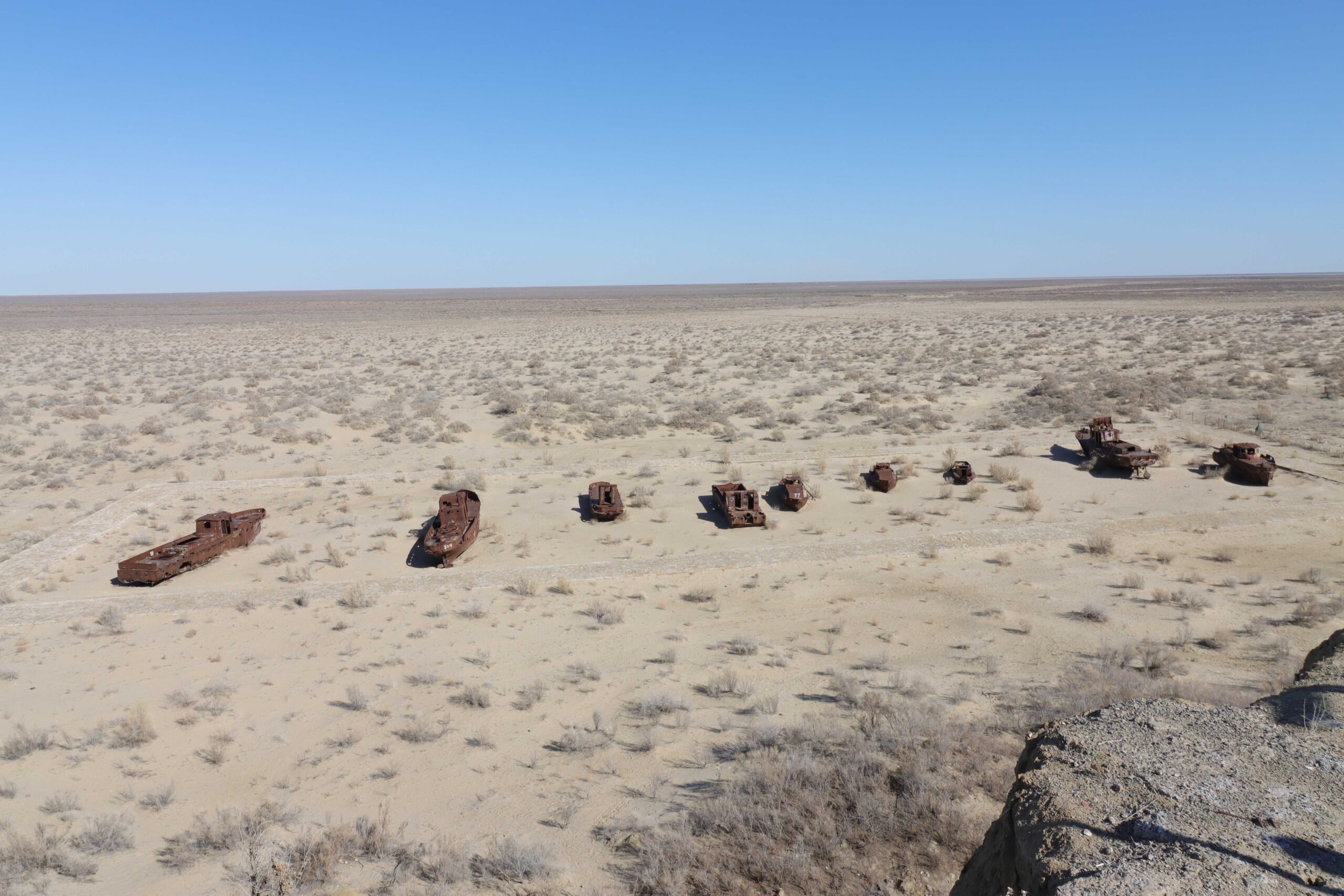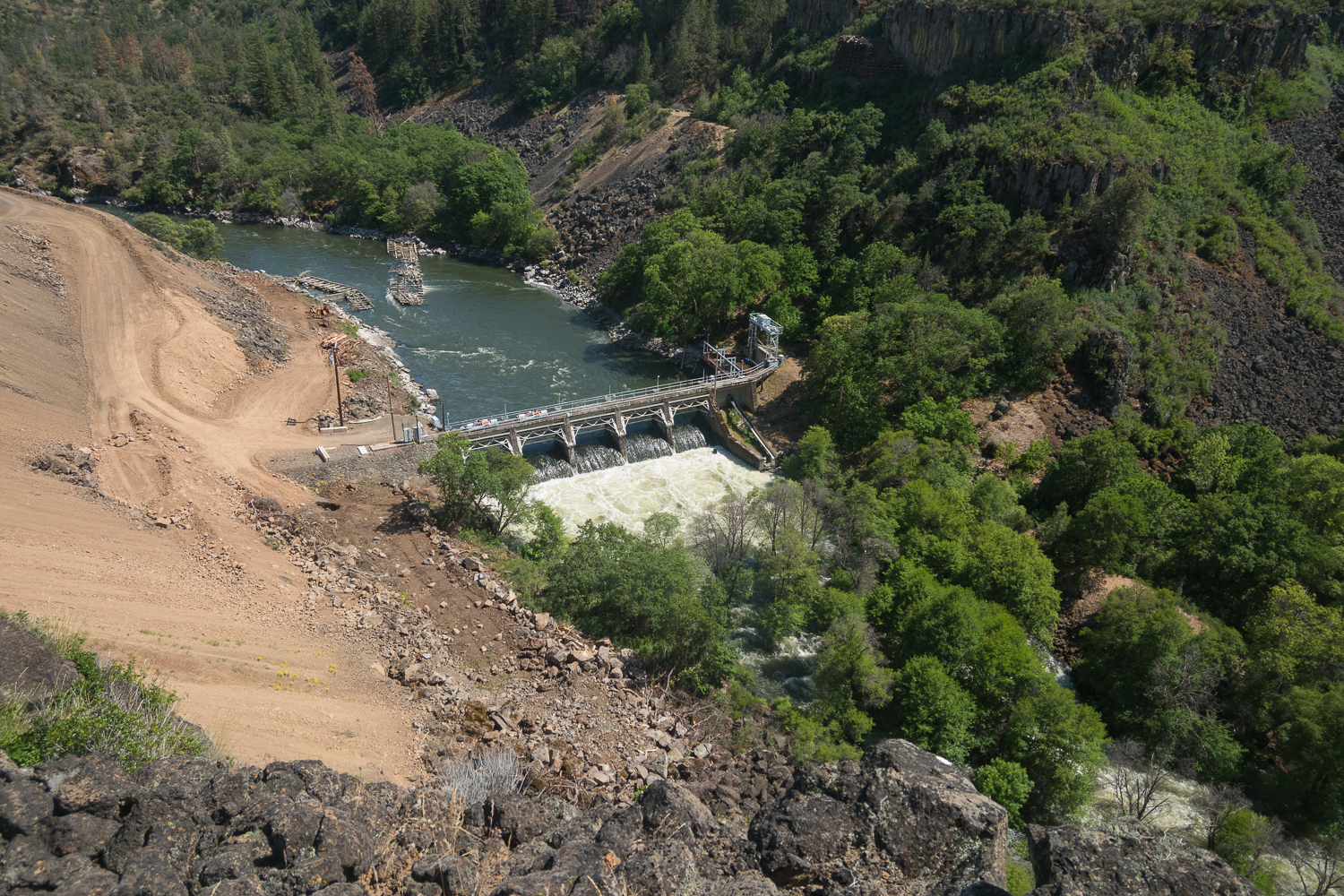WASHINGTON D.C. March 15th, 2019: While President Trump exercised his powers of veto in order to sustain his state of national emergency, his plans for a wall remain unfunded, unsupported, and uninitiated. Meanwhile 9000 miles away in Africa, a Great “Green” Wall moves into its 12th year of construction. While the proposed Great Wall of America would keep people out, Africa’s Great Wall is trying to keep the world’s largest desert, along climate change, drought, poverty, unemployment, inequality, and warfare out as well.
What kind of barrier could withstand such a battering? A wall built by people, for people. A wall built by nations both for themselves and for their neighbors, and a wall built by a continent for the benefit of the entire world.
Africa’s Great Green Wall is a project to plant and grow a forest/agri-ecosystem across the entire width of the continent, spanning 9 thousand kilometers, and crossing through more than ten countries – from Senegal in the west to Djibouti in the east.
A History of Drought and Desert
The Great Green Wall project started planting trees beginning in Senegal in 2007, but the idea and the circumstances that triggered it happened several decades earlier. During the 1970’s a vast area just below the Sahara Desert stretching across Northern Africa called the Sahel, a normally lush and fertile region, began to become increasingly dry and barren due to the combined effects of drought, poor farming and land management practices, and a phenomenon called desertification.
Desertification is not a clear science, and much of the scientific literature whether based in climate research, geology, or hydrology, struggles to come up with a clear picture of whether or not deserts can “spread.”
Perhaps a more accurate description of desertification is turning arable land into a patch of earth that can no longer support agriculture. This is normally caused by a combination of events like topsoil erosion, drought or poor irrigation, nutrient deficiency, and so on.
Whatever the mechanisms and triggers are, an examination of the peer-reviewed literature indicates that the Sahel region regularly faces tremendous climate-related difficulties stretching all the way back to colonial times.
Since the 1970’s the Sahel has regularly been hovering at the top of geographical regions under threat from climate change; specifically from warming. There are few places on earth warming faster than the Sahel, an unsustainable trend considering it borders the Sahara, one of the hottest regions in the world.
An Immeasurable Undertaking
With a population of 100 million, the rural Sahel is already pressed hard by droughts and occasional famines. But the population is expected to rise to 340 million by 2050. With unsustainable statistics bearing down on rural communities, the African Union took over leadership of what was at the time, little more than a dream.
Without actually taking shape as a physical barrier, it was to be rather more like a mosaic of land use practices, agricultural communities, and intelligent local reforestation that would ultimately end up looking like a Great Green Belt as opposed to a wall.
Work got underway in Senegal in 2007 after the African Union took the project on as a realistic endeavor, enlisting the help of 11 countries to move the initiative forward. Now the number of involved countries supporting the project has almost doubled from the original 11, as well as accruing the assistance of major world economic forces like the World Bank, the governments of France and Ireland, the EU, and several components of the UN such as the Food and Agriculture Organization.
Even with such support, the aim of the Wall is to restore 100 million hectares of currently degraded land, sequester 250 million tons of carbon, and create 10 million jobs in rural areas by 2030.
“We’ve never seen anything near this size and impact on the environment anywhere in west Africa,”
Pan-African Solution, Pan-African Results
In Senegal 12 million drought-resistant trees have since been planted and 4 million hectares of arid land has been restored. A virtual-reality film called Growing a World Wonder documenting the scale and ambition of the project was released in 2015 to resounding success and is available on their website.
It might have grounded to a halt at the borders of Senegal, hugely involved as they are with the Great Green Wall project, but the success has continued – particularly in Niger. A poor developing country that consistently ranks towards the bottom of the United Nations Human Development Index, Niger has benefited tremendously from the Great Green Wall.
5 million acres of shattered land has been restored, reclaimed, and revitalized. Nigerien grain yields have increased by 500,000 tons per year, feeding an additional 2.5 million people. Most of the results have come on the back of traditional and innovative farming techniques as well as natural regeneration strategies to bring life back as it was before into deserted, arid farm land.
“We’ve never seen anything near this size and impact on the environment anywhere in west Africa,” says Gray Tappan, a geographer with the U.S. Geological Survey.
Rather than unfurling like a curtain, work has started sporadically along the Wall’s path. In Ethiopia, 15 million acres of land has been restored, while Burkina Faso and Nigeria have also seen tremendous land-restoration.
Far-reaching Transformations
In 2015, the United Nations agreed to 17 Sustainable Development Goals for a better world in 2030. The Great Green Wall contributes to 15 of those, lacking only civic-planning improvement and ocean health.
Plans to create resilient local economies that can survive droughts have also gone hand in hand with improving the access to reliable and quality water sources and sewage, saving women and girls hours which they would normally spend gathering water. Projects are involving entire communities, improving income and even education levels for everyone.
With every hectare of revived land, green jobs are created, as well as job training for unemployed citizens.
But organizers and leaders are looking even further, believing that Africa’s Great Wall will take away the hopelessness that leads many young Malian or Mauritanian men to throw their lot it with terrorists.
“When you have no money and no job and the terrorists come and pay, people say yes,” explains Kouloutan Coulibaly, Mali’s Director of Forestry. “It’s an opportunity for them.”
“Terrorists recruit people with money, they make them feel important and when you have nothing you are easily brainwashed,” he says. “The Green Wall is about giving people alternatives.”
A Long Way to Go
There’s a long way to go before the wall reaches Djibouti or meets somewhere in the middle, but with more progress, opportunity, successes, and international support coming year after year as the wall crawls on, resolve that this is an obtainable and practical miracle is growing right alongside the trees.
A decade in and roughly 15% underway, the Great Green Wall is already creating a sort-of African Renaissance on an unprecedented scale, providing food security, jobs, and perhaps most importantly for the vitality of rural communities, a reason to stay for the millions who live along its path, where before lay only soil and economic desiccation.
“You cannot carry out fundamental change without a certain degree of madness…
The courage to turn your back on the old formulas, the courage to invent the future.”
– Thomas Sankara, president Burkina Faso 1985.
